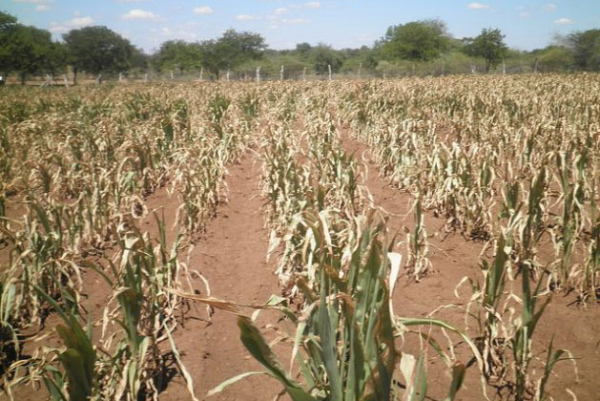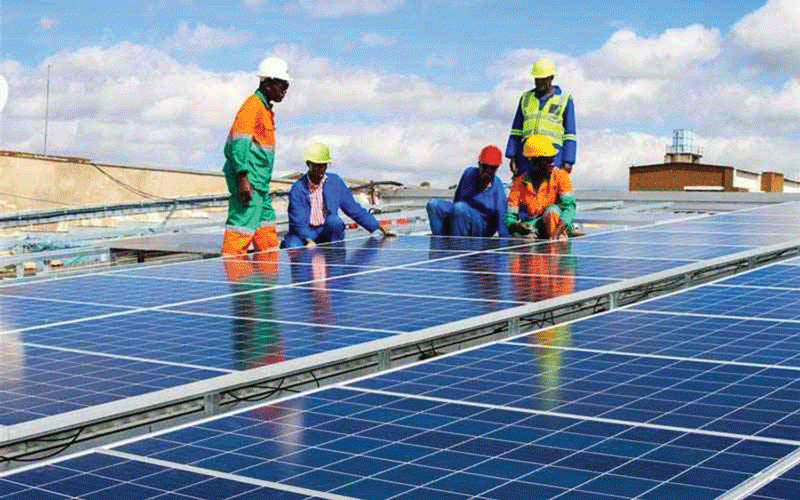
Africa’s huge growth in trade and its diversification of partners over the past two decades has not helped in expanding its export basket. Africa’s goods trade with the rest of the world shot up from $197 billion in 1995 to $852 billion in 2015. By KUDZAI GOREMUSANDU
This quantum rise reflects an expansion of imports and exports. Africa’s purchase of goods from the rest of the world expanded 4,7 times over that period, while the continent’s total exports quadrupled. Until 2013, the advanced economies were Africa’s main trading partners.
In a major change, from 2014, more than half of the continent’s trade with the rest of the world was with emerging and developing economies. This diversification revolution was, however, not matched by changes to the variety of products that Africa sells. Expanding the continent’s export basket to include more processed and manufactured products remains a challenge.
Trade with Asia has expanded Africa’s trade geography which has seen a shift from Europe to Asia. With its size and economic development, the European Union remains the biggest single customer for Africa. It accounted for more than 30% of Africa’s global trade in 2015 though this is down from 40% in 2000. In that time, the value of merchandise goods exchanged between Africa and Asia expanded fivefold to reach 25% of Africa’s merchandise trade with the world in 2015. At a country level, China and India were the eighth and ninth largest trading partners for Africa in 2000. In 2015, they were first and second largest.
The United States and France were first and second in 2000, but are now fourth and third, respectively. Trade between the United States and Africa declined for the sixth straight year in 2016.
The main US imports from Africa are oil and commodities, such as precious stones, cocoa and ores. With its increased production of oil and gas, US imports from Africa continued a downward trend from a peak of $98 billion in 2010 to a low of $22 billion in 2016.
Africa currently spends about $63 billion a year on food, beverages and tobacco. Out of this amount, $35 billion is spent on food imports alone. With the growing population in Africa, forecasts show that the annual food import bill could reach $110 billion by 2025 unless domestic production is scaled up.
This year, as was the case in previous three years, drought is affecting over 17 million people, mainly in the Horn of Africa. There is, however, great potential for agricultural production and agro-processing industries to make the continent food self-sufficient particularly by enhancing regional trade corridors to ensure that food surpluses in one region balance the deficits in another through better linkages between production, distribution and consumption hubs.
- Chamisa under fire over US$120K donation
- Mavhunga puts DeMbare into Chibuku quarterfinals
- Pension funds bet on Cabora Bassa oilfields
- Councils defy govt fire tender directive
Keep Reading
The decline in oil and metal commodity prices serves as an incentive for African countries to diversify into agriculture, and the largest economies are making strategic choices of transforming the agriculture sectors in order to reduce dependency on food imports. These policy shifts, particularly in oil-exporting countries, should pay off in the medium-to-long-term.
Value addition
Most African countries rely on unprocessed resource commodities for export revenues. A few countries, notably Egypt, Kenya, Mauritius, Morocco, South Africa and Tunisia, have incorporated some manufactured or semi-processed and relatively high technology products.
But about 26% of Africa’s countries rely on one or two resource commodities for at least 75% of their exports, while about 60% rely on up to five commodities.
With falling commodity prices, a narrow export base increases current account pressures for countries such as Angola, Chad, Congo, Eritrea, Guinea-Bissau, Nigeria, Libya, Sierra Leone and South Sudan which almost exclusively depend on a single commodity export.
The challenges include weak value addition in the manufacturing sector and limited research and development and technological advances. Investment capital is important for driving structural transformation and improving competitiveness in the early stages of economic development. Africa has had high growth rates for much of the time since the 1990s, but it has often been based on few production lines that have not been diversified or have been based on an unsustainable dependency on low technology extractive industries.
Africa can diversify its exports by venturing into new sectors and products or by adding value to existing products. Rielander and Traore (2015) found out that commodity diversification and investment in goods with higher manufacturing intensity are mutually beneficial for most developing countries. While success in commodity diversification in part depends on the availability of natural resources, diversification into higher manufacturing products can be achieved through improved technology and human skills.
Limited technology
The low use of new technology in Africa has slowed structural transformation and extended dependence on commodity exports and a limited export base. Thus, despite strong growth in global trade flows, Africa’s trade growth has been weaker than other regions. The continent’s exports, for example, grew by an average of 3,5% during the period after the 2007-08 global financial crisis compared to average global growth of 5,1%. Similarly, the continent lags behind in global value chain integration, implying that Africa’s job creation and income is not keeping up as the global economy expands and trade improves.
Africa’s production structure must be transformed to boost manufacturing exports.
Production has remained tilted towards low technology intensive resource commodities in agriculture and the extractive industries. The continent has had a low uptake of advanced production technology and know-how. Africa’s imports of heavy machinery and transport equipment are among the lowest of the world’s regions.
Kudzai Goremusandu is a business consultant based in Harare. He can be contacted on kgoremusandu@gmail.com











